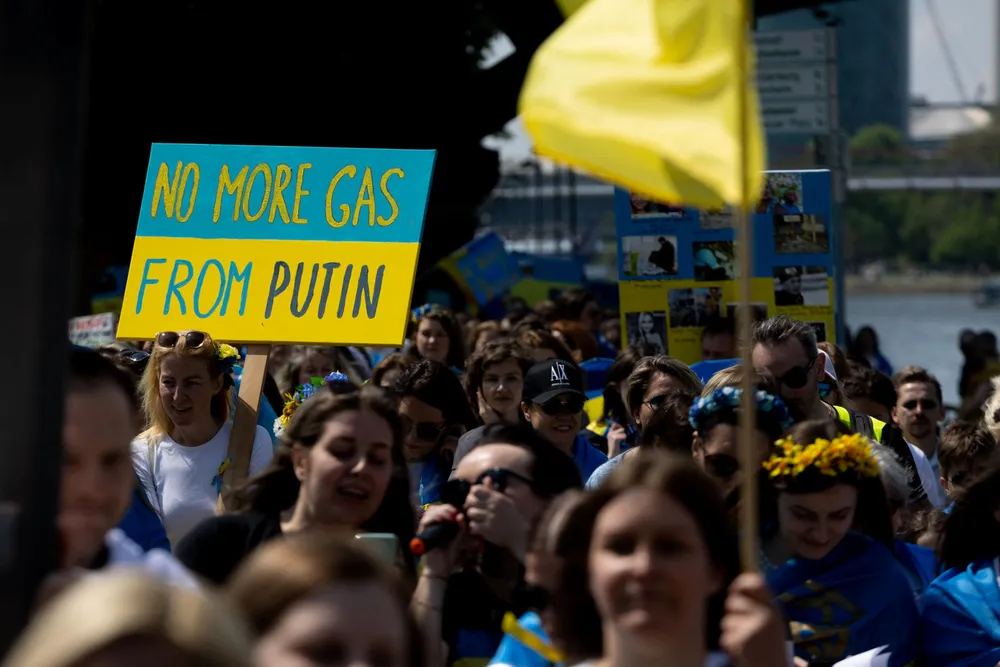Ukraine seeks to replenish natural gas storage through higher imports
Steep reduction in Russian flows across the country prompts a new call for Nord Stream sanctions

Steep reduction in Russian flows across the country prompts a new call for Nord Stream sanctions
